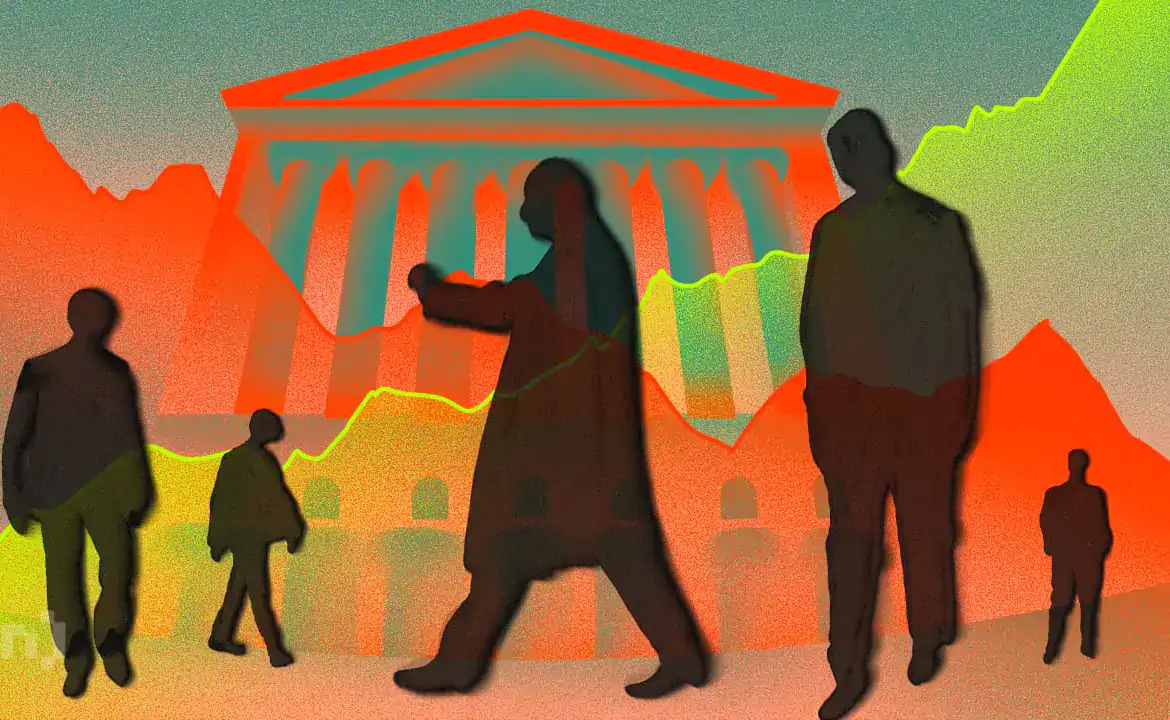When are Ethereum gas fees at their lowest and what are the best times to buy, trade, and send transactions on Ethereum? How can you, as an NFT enthusiast, investor, or trader, optimize your activity for the lowest possible gas fees? That’s crucial information if you want to get the most out of your investment.
All ETH transactions have a fee, which must be paid in gas. The cost of gas fees varies, set by the miners according to current supply and demand. In essence, the Ethereum gas cost depends on:
- Current demand for gas
- The computational power demand for processing smart contracts
- Total number of transactions
- Size of the smart contract you want to be executed
Gas fees are necessary to process transactions on the Ethereum network. However, the gas fees can skyrocket with high activity. Now that you understand how the Ethereum network works and the fee you must pay to execute smart contracts, let’s find out the main reasons for surging, and abnormally high gas fees. When can that happen, and what causes it?
DeFi caused the first major spike
Ethereum was the original blockchain to introduce smart contracts. Then, in turn, allowed developers to build decentralized applications or dapps on top. With an increasing number of dapps arriving on the blockchain, the network quickly became congested, and gas prices went up. ETH gas prices increased more than 20 times over the summer of 2020, and DeFi contributed to this. In 2022, DeFi is a mainstay in dapp activity. Driving thousands of smart contract transactions a day through Ethereum.


NFT minting and trading adds fuel to the fire
An NFT can represent art or any other digital assets and anyone can create an NFT by minting it on the blockchain. The minting process requires a fee with specialized NFT platforms available to guide people through how to mint, and sell NFTs.
One of the first NFTs was a collection of virtual cats called CryptoKitties. In 2017, CryptoKitties launched, clogging the Ethereum network due to high on-chain activity. Pushing gas fees to 0.008 ETH from an initial 0.002 ETH. Causing the Ethereum network to reach an all-time high number of transactions, all requiring gas fees.
Today, NFTs are getting more attention than ever, and platforms such as OpenSea, LooksRare, and Foundation are guiding new investors into the digital art and collectibles world. Not to mention the growing number of play-to-earn games now incorporating NFTs. However, this huge NFT rush causes a critical surge in gas prices.


Gas guzzlers
As more dapps and utilities for ETH holders arrived over the last 3 years, it’s clear to see the patterns of gas fees. Looking over five years of gas fees on Ethereum to date, we can see clear spikes leading to a now normalized situation where the average gas fee can be as high as $100. Driven mainly by play-to-earn and NFT dapps rise to popularity around the end of August 2021.
It’s worth noting that this has contributed to the rise and traction of some notable Layer 1, sidechain, and EVM compatible networks. Polygon, Solana, Avalanche, and BINANCE Smart Chain stand out as clear frontrunners.


RADAR Eligibility & Claiming
On the 14h December 2021, DappRadar, now the World’s Dapp Store, released RADAR. A token designed to reward platform users and bind the community. As a way to get the ball rolling, we began an airdrop of RADAR tokens to historical users of Ethereum dapps on DappRadar.
To date, around 35% of the eligible wallets have claimed. The closing date for those wallets and users to claim is on March 14, 2022. Ethereum gas fees are potentially playing their part in some of the community’s ability to claim, or stake RADAR in the 2x yield farm currently available on SushiSwap.
While we cannot create a magic formula to make gas fees go away. We can provide insight into when to take action and claim RADAR.






When are Ethereum gas fees lowest?
The heatmap below calculates an average of standard gas prices for each 1-hour window using data from the previous two weeks at the time of writing. As mentioned above, it is essential to remember that specific events can widely increase gas fees at any given moment. One-off events such as new NFT collections being minted or new staking or airdrop opportunities. While the below is a good indicator, users can always view the live data to get accurate daily information.


Between 1 am and 5 am UTC, Monday through Friday are the most expensive times to transact on Ethereum. Friday is just a hot day and should be avoided altogether. If you want to pay the lowest Ethereum fees, you should perform transactions between 9 and 11 pm UTC. Weekends are also more favorable, with costs being lowest between 10 pm and 11 pm UTC.
You should consider that most transactions are performed in the U.S., Europe, and Asia. Historically, Saturdays and Sundays are days when gas fees are lower since not everyone is working. One simple way to benefit from lower gas fees on Ethereum is to simply avoid the times when people are at their desks.
You can take a look at the price for gas fees on Ethereum by the time of the day. You can also check the gas price in gwei in real-time here. Use this to convert gwei to dollars.
The above does not constitute investment advice. The information given here is purely for informational purposes only. Please exercise due diligence and do your research. The writer holds ETH, BTC, AGIX, HEX, LINK, GRT, CRO, OMI, IMMUTABLE X, ENS, GALA, AVASTR, GMEE, CUBE, RADAR, FLOW, FTM, BNB, SPS, WRLD, ATOM, and ADA.



 BlocksInform
BlocksInform










